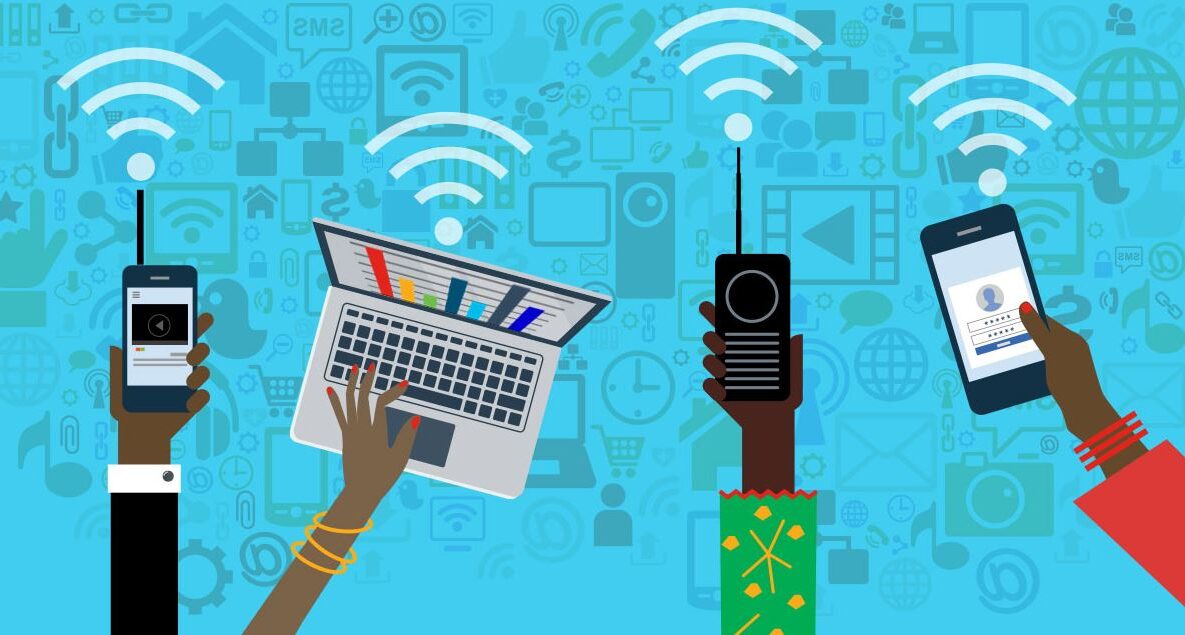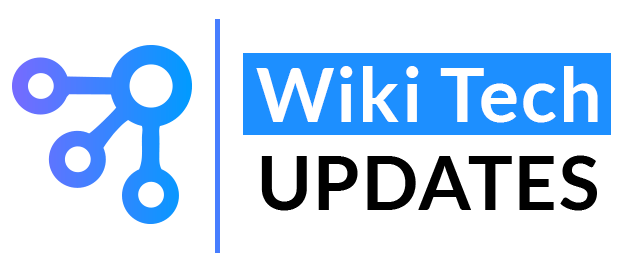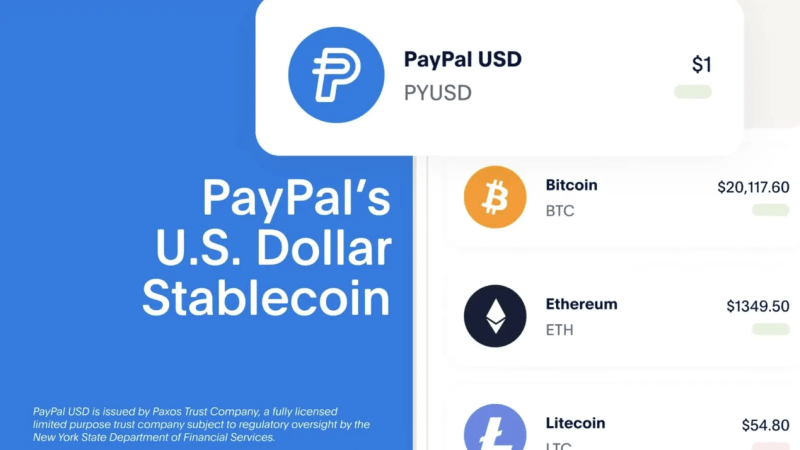When will everyone in the world have Internet access?

2021 was the year we achieved a goal: the Internet was available to almost 51.2% of the global population, according to the International Communication Union. It took 30 years for the internet to reach this point. However, even with more than half the population of the world having access to the internet, it is still difficult for the other half to sign up. Some have stated that the reason it was easier to get the first half of the world on board with joining the world of the internet was because of high incomes, good education, and dense populations. The other half of the world that remain offline are rural and remote areas where installing cell towers and other infrastructure is much more expensive than in urban areas.
If you are also looking to have internet access in your area, you must consider Xfinity internet. Their goal is to provide the fastest and most reliable internet. They have various internet deals displayed which you can choose from on their websites, all suited to meet your browsing needs. You do not have to worry about going out anymore; rather you can have everything ordered online through the internet.
Table of Contents
How can the internet benefit everyone?
The most important thing that the internet has blessed everyone with is communication. Thankfully, with the working internet, it can now be achieved over long distances effectively. Other than that, the internet can also be used to perform daily tasks such as banking, insurance, health, education, and entertainment for which individuals do not have to go out of their homes for anymore. Consumers can also obtain resources such as goods and markets. Business owners can keep up with their business, trading, and transactions.
Also Read: What Is A Virtual Private Server, And How Does It Work?
Internet during COVID-19
The internet since the beginning of COVID-19 has shown how the whole world is completely dependent on the virtual infrastructure to manage even the simplest of tasks. A Pew Research Center survey has estimated that about 53% of the US adults have stated that the internet has proved to be extremely essential during the pandemic. Several of the daily activities have shifted online like the provision of health services and online education. Lack of proper digital infrastructure leading to disconnection or slow services has highlighted the need to make efforts towards providing an efficient internet connection. There were a majority of far-flung areas with no internet connection that were unable to attend online classes when schools and universities were closed down.
Multimillion-dollar companies as saviors
Some big tech saviors are mobilizing efforts to provide internet access to far-reaching areas. This would be majorly beneficial for rural and remote areas that do not have access to a working internet but, of course, these tech businesses are using this opportunity as leverage to charge others for access to their network. Facebook and Google have estimated that getting access to a new supply of consumers would be the ideal targeting for marketing and ad.
- Alphabet (Google) has Project Loon currently in the works towards providing internet access to areas that do not have one. What they do is they place high-altitude balloons in the stratosphere at an altitude of 11 miles which would create a wireless network around its space up to 4G speeds. Considering the weather and wind currents, the balloon is created to adapt to such conditions. For instance, they reported that they had provided commercial service to Kenya using 35 balloons to a region of over 50,000 square kilometers. However, this year, Google has shut down this project claiming that it is much riskier than they had anticipated.
- Facebook also ran tests in their Aquila project. They used solar-powered drones, that are designed for defense, humanitarian, and environmental missions, to beam internet across large areas. This project has not been very successful but Facebook eventually aims to launch drones at 60,000 feet to beam internet connections to areas that are deprived of it.
- Another project called Starlink, managed by SpaceX, aims to provide internet access to the underprivileged by using constellations of satellites. Instead of managing the network infrastructure by physically laying down cables, satellite internet will beam internet signals through the vacuum of space to far-flung areas. It is claimed to be much faster than fiber-optic cables.
- Companies like Samsung, Boeing, and Telesat Leo are also looking to make efforts like these.
Although it is proved to benefit these big tech business in generating customer base, their efforts to provide internet to the less-privileged is still commendable.
Food, education, and health are the basic needs of every person that needs to be fulfilled. It is time to add the internet to that criteria as well; the internet is not a luxury anymore. If you think about it, today you would not get either three (food, education, or health) without the internet. Having an internet connection would mean that everyone would have access to food, education, and health, along with having to make their own decisions and express their own opinions. As soon as steps are taken for creating proper infrastructure for an internet connection, then we can expect everybody in the world to have their basic needs fulfilled.






